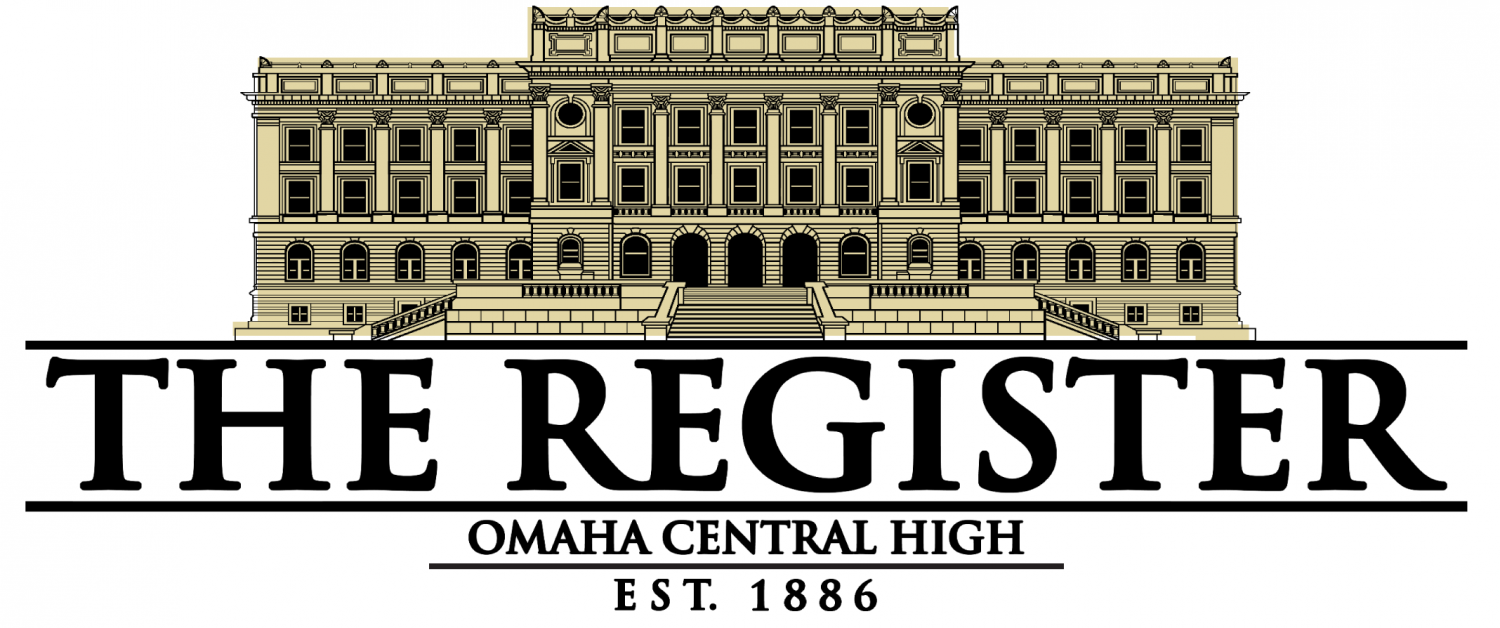The world is ending, here’s a miniskirt
December 9, 2021
Gen Z youth have created a distinct generational style through broadness. Clothing style, accessories, makeup, shoes and hair styles all take on inspiration from past trends. This is so common that style types have distinct names.
Some of these include cottage core, dark and light academia, modern Y2K, alternative, grunge, emo and fairy core. These also overlap, like grunge fairy core.
Cottage core draws on simple life before the industrial revolution, or without technology. The aesthetic of academia is inspired by castles and the 19th century.
Leg warmers, mom jeans, neon colors, knitted sweaters and mullets from the 1980’s have come back. Wolf cuts are modified versions of mullets. Alternative styles have also embraced mullets with tiny bangs, a tail and shaved sides. Neon colors are especially prevalent in makeup.
Bell Bottom pants of the 1970’s have also been adopted. The 1960’s hippie look is its own style.
1990’s to the early 2000’s influences are especially strong. These times are romanticized, probably because it’s seen by today’s teenagers as a golden era. Low-waisted jeans, layering long and short sleeves, crop tops, squared sunglasses, baggy jeans, layered short haircuts and stripped dyes are popular.
In alternate styles, low rise jeans with layered belts, tights, long skirts, jean miniskirts and sewed designs on the backs of jeans are worn.
Thrifting becoming mainstream is also an indicator of Gen Z adopting old trends, as such stores usually receive clothes that are old and unpopular. These stores are ideal places to find clothes from other decades.
A “grandpa style” is also popular. Grandpa sweaters, checkered pants and Mary Janes are worn.
Old metal jewelry, pearls, and “grandma” or antique rings are common.
So why the nostalgia?
Gen Z has largely adopted and modified iconic looks from past decades because of a daunting future. Climate change, globalization, industrialization and a disconnect from nature have children terrified and alienated. An increase in rates of depressed and anxious mood are more obvious.
Social and political unrest and global conflict between countries have young people feeling hopeless and distrustful of governments they were told would protect them. Overpopulation, food and resource shortages, rising prices and media desensitization are becoming more normalized. There is too much information to consume, most of it meant to shock and anger viewers.
The result is teens and young adults looking for comfort in the past, feeling a nostalgia for times they’ve never lived in. They express this in the clothes they wear everyday, dreading the future and idealizing the past.
